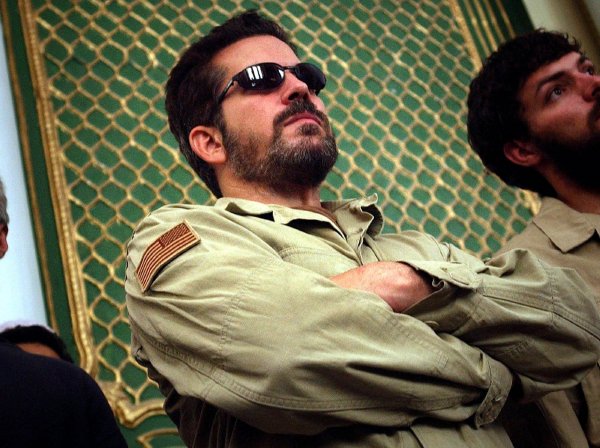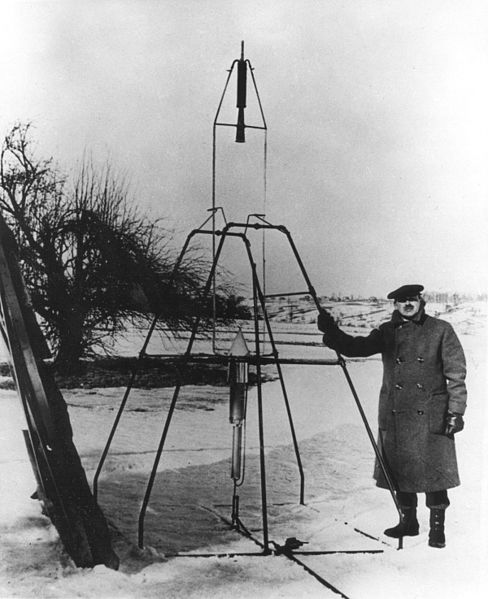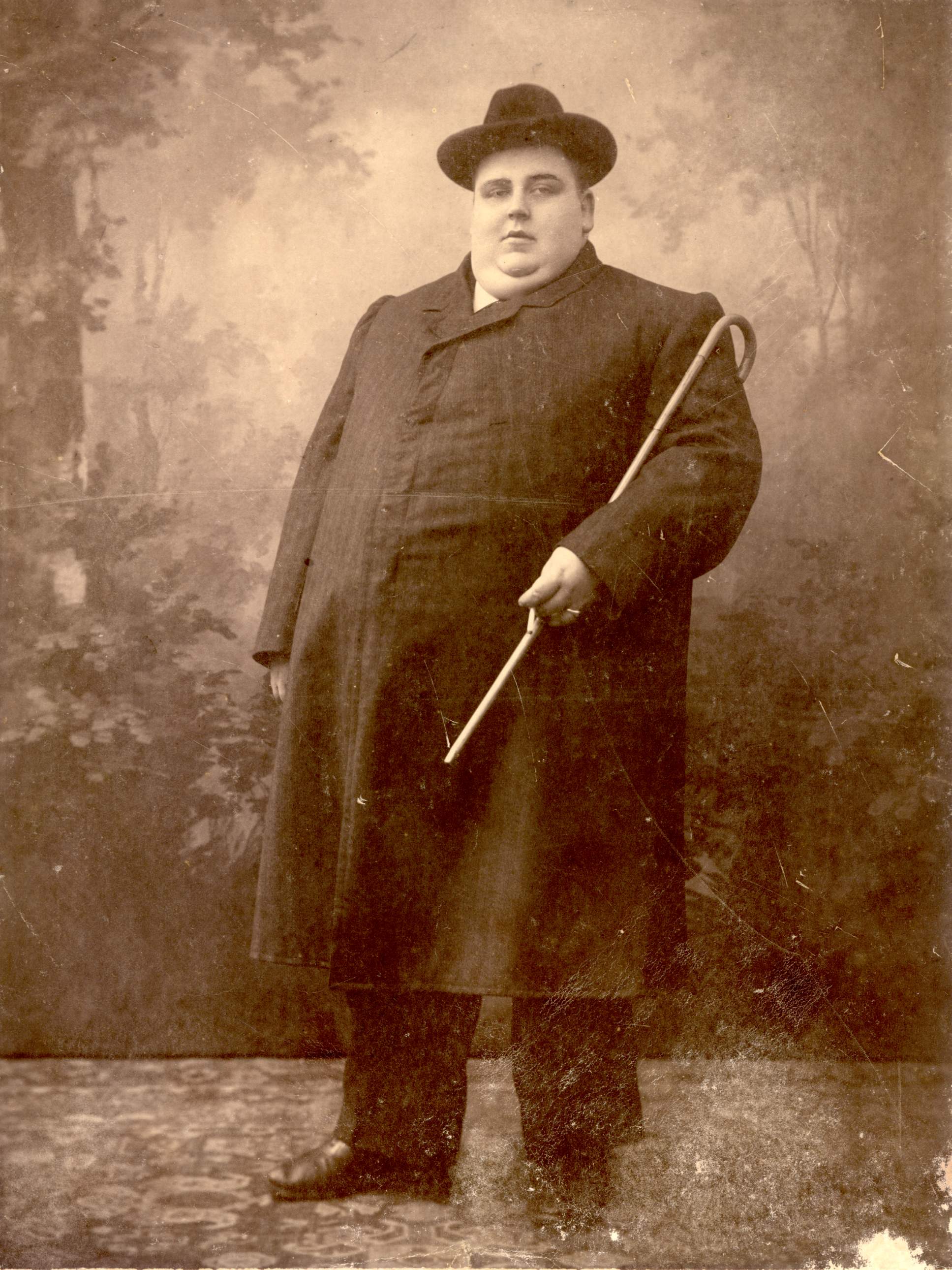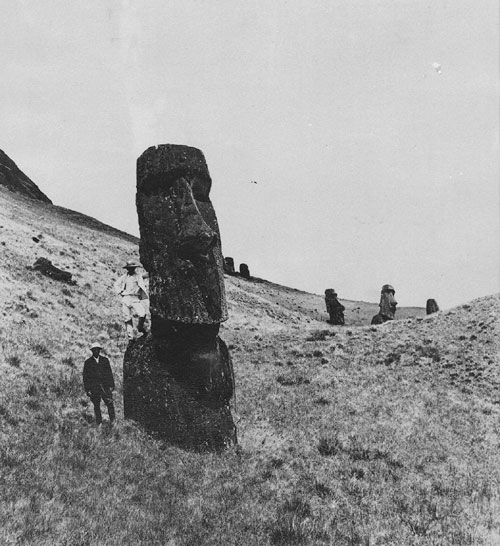
At the BBC site, Adam Curtis has an epic post about the history of counterinsurgency, which includes a sketch of Jack Idema, a North Carolina pet-hotel operator who became a self-styled terrorist hunter in Afghanistan. An excerpt:
“But then Jack Idema started to believe his own stories. He set up his own militia group that he called Task Force Sabre Seven – and he and his men went and arrested Afghans they were convinced were terrorists. And then he locked them up in his own private prison.
Things got out of hand in June 2004 when Idema arrested the Afghan Supreme Court judge, Maulawi Siddiqullah, because he believed he might be involved with terrorists. The judge later described what it was like in Idema’s prison:
‘The first night, around midnight, I heard the screams of four people. They then poured very cold water on me. I tried to keep myself from screaming, but coudn’t. Then they played loud, strange music. Then they prevented me from going to the bathroom; a terrible situation. I was hooded for twelve days.’
In July Afghan police raided Idema’s house in Kabul and found what was described as a private torture chamber. Eight hooded men, including the judge, were incarcerated there, and three of them were hanging by their feet from the ceiling, with their heads hooded.
Idema and two others were put on trial – and sentenced to ten years in an Afghan jail. And all the journalists puffed a lot about how persuasive he had been.
Here is Idema during the trial – still trying to persuade the journalists that he is what he said he was. And how he is being set up by dark sinister forces.
But what is also interesting about Jack Idema is that in a strange way he may have been ahead of his time.
Because at the moment that Idema was entering his Afghan prison, a group of very senior US military men, led by a General called David Petraeus, were sitting down in a military staff college in Kansas and beginning to write a study that would completely transform the tactics of the US army in Iraq and in Afghanistan.
What General Petraeus and his team did was to go back into the past and exhume a theory of warfare that had been discredited by the US military who thought it was long buried and forgotten. It was called Counterinsurgency.
And out of that would allegedly come the same kind of arms-length, privatised interrogation and torture methods that Idema was indulging in.”
























